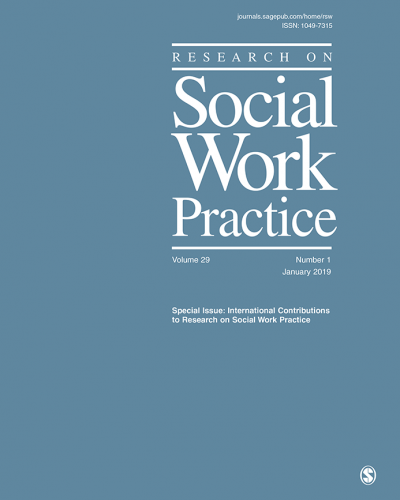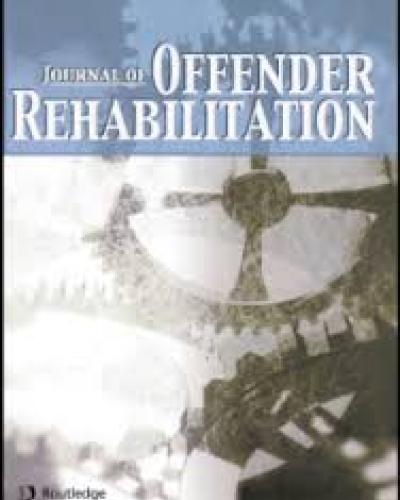
The Relationship Between Interpersonal Victimization and Women’s Criminal Sentencing: A Latent Class Analysis
Published:
| Author: Stephanie Kennedy, Annelise M. Mennicke, Megan Feely, Stephen Tripodi
Latent class analysis was used to identify subgroups of incarcerated women differentiated by experiences of child abuse and intimate partner violence victimization. Four classes were extracted—Low Victimization, Child Abuse, Lifetime Physical and Psychological Abuse, and Lifetime Sexual Abuse; classes were then related to current sentence length, holding criminological predictors constant. Women in the Child Abuse and Lifetime Sexual Abuse classes had significantly longer sentences, despite the lack of significant between-class differences on criminological predictors.
Category: Incarcerated Women, Trauma, Sentencing

Evaluating Seeking Safety for Women in Prison: A Randomized Controlled Trial
Published:
| Author: Stephen Tripodi, Annelise M. Mennicke, Susan McCarter, Katie Ropes Berry
This study assessed the effectiveness of Seeking Safety on depression and post-traumatic stress disorder (PTSD) with incarcerated women.
Category: Incarcerated Women

Assessing Attitude and Reincarceration Outcomes Associated With In-Prison Domestic Violence Treatment Program Completion
Published:
| Author: Annelise M. Mennicke, Stephen Tripodi, Christopher Veeh, Dina Wilke, Stephanie Kennedy
Studies indicate that as many as 30%–56% of incarcerated men have perpetrated domestic violence, and that factors related to domestic violence perpetration are associated with long-term recidivism after release. The current study evaluates the effectiveness of an in-prison domestic violence treatment program called STOP and Change Direction to increase positive attitudes toward women, decrease levels of criminal thinking, and reduce general recidivism rates for program completers.

